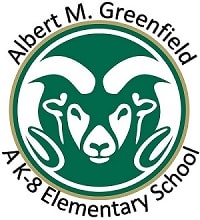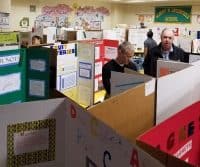Social Studies – 5th grade
The focus of the year is American history from pre-colonial settlement until the Revolutionary War. More specifically, we will study major geographical features and regions of the US, indigenous cultures and civilizations unique to each geographical region, European exploration and settlement, colonial life, the Revolutionary War, and potentially the Constitutional Convention. To advance higher order thinking, we will take a multicultural and critical perspective towards these major historical eras and consider the implications of these events on various groups and cultures, and ultimately analyze how history has shaped and continues to shape current society. In other words, history is not a series of dates to memorize, but rather an inquiry into power and attempts to design and implement dis/utopic principles.
Science – 5th grade
Each quarter, we will dive into a different field of scientific inquiry: Forces and Motion (physical science), Our Universe (astronomy), Thinking Like a Scientist (scientific method and experimental design), and Energy in Ecosystems (ecology and biology). Science class will utilize a blended learning approach, which will include readings, demonstration, online learning, and experimentation. Much like social studies, our scientific studies will not center on the memorization of content; instead, success in science hinges upon a spirit of inquiry, and creative and logical thinking: science is more about how one thinks and responds to challenges than what one knows!

 Middle school students have the opportunity to participate in our annual Science Fair which takes place in the spring. Each student applies the scientific method to an individual project that is researched and then presented at the Science Fair. Awards are given within each grade and the event is always a well-attended Greenfield favorite.
Middle school students have the opportunity to participate in our annual Science Fair which takes place in the spring. Each student applies the scientific method to an individual project that is researched and then presented at the Science Fair. Awards are given within each grade and the event is always a well-attended Greenfield favorite.